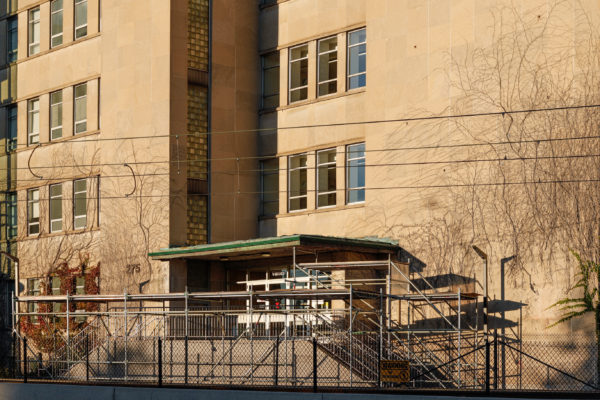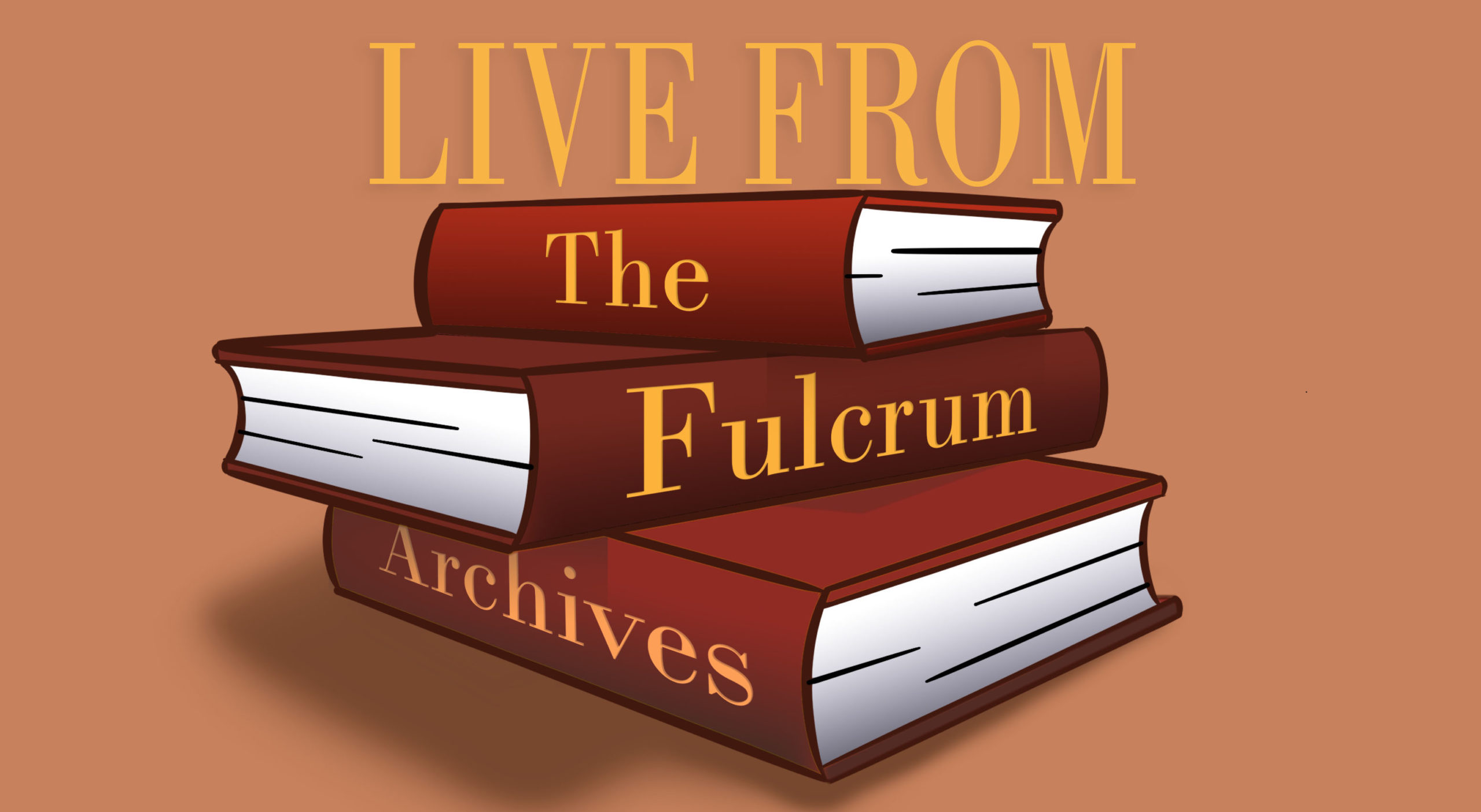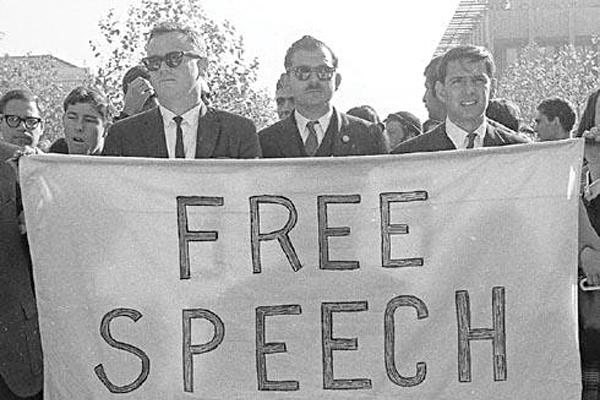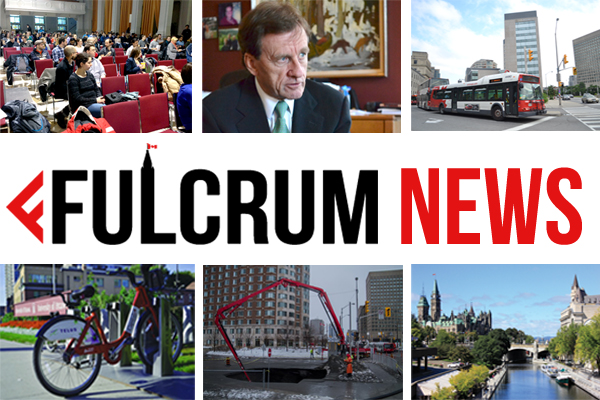Ranked among leading faculties, Faculty of Medicine now has appropriate site
Originally published on Sept.29,1954
After a very sound and rapid growth, the Faculty of Medicine of the University of Ottawa is now established in its new Indiana whitestone building. The modern five-story structure, with many of the latest facilities for medical students, precipitates concretely the eighty-year old dream of the Oblate Fathers and the citizens of Ottawa.
Formal opening ceremonies at the new Medical School Building will begin on Thursday, September 30. at 3:00 P.M. Among prominent dignitaries present will be the Most Reverend Marie-Joseph Lemieux, Archbishop of Ottawa, and the Chancellor of the University, the Prime Minister of Ontario, the Honourable Leslie Frost, the various deans of the medical schools of Ontario, Doctor Maxwell M. MacOdrum, President of Carleton College and Monsignor Oliver Moreau, P.S.S, Rector of the University of Montreal.
A cortege of members of the Senate and of these distinguished personages, along with the professorial doctors of the Medical Faculty and members of the medical student body, will proceed with from the main University building on Laurier at Cumberland, to the premises on Sommerset and Nicholas.
Open House
For the benefits of the guests and the public, an open house of the new building will be held from 5:00 to 7:00 in the afternoon, following the ceremonies. Among the numerous new features to be seen at the new building are the modern laboratories and lecture rooms on each floor. The prominent cube on the west side of the building is an auditorium with a sitting capacity of almost 500 persons.

Photo: Bridget Coady/Fulcrum
Historical Background
As far back as 1866, word was spread expressing the desire to set a Medical School for the University of Ottawa. Expenditures were approved for purchasing of land for the University of Ottawa. However, nothing definite was done in furthering the project. In 1870, attempts were made to have the Faculties of Law and Medicine of the University of Montreal affiliated with the University of Ottawa. But the establishment of such an agreement at the time was strongly opposed, the reason being conservative caution. The question of the medical school was mentioned again frequently from 1877 to 1885, but nothing materialized.
Then, in 1930, studies for the establishment and operation of a medical school were made by Reverend Joseph Gravel, O.M.I., while visiting several leading universities and medical centres in Canada and United States. His results were reported to the Council of Administration, and at that time it was agreed that the financial burden of conducting a first-class school was too great.
Towards the close of World War II, the opportunity to begin the Medical School presented itself. In 1945, Reverend A.Lorenzo Danis, O.M.I., was commissioned by the Rector of the University. The Very Reverend Philippe Cornellier, O.M.I., began the basic steps for the founding of a new Medical School. It was Father Danis’ conscientious efforts that laid, the groundwork for the enormous project. Coordinating the cooperation of the medical profession with the sponsorship of the University, Father Danis delved further in this unique undertaking. Numerous conferences and investigations followed. Problems succeded obstacles. But bold decisions proved fruitful.
On October 30, 1945, in the University Academic Hall, the formal opening of the Faculty of Medicine took place. In support of the Medical School, the Government of Ontario gave the Faculty an initial grant of $250,000, very shortly after the opening.
The temporary buildings at the University Oval formally occupied by the Canadian Army, were renovated to house fully equipped laboratories of the various departments of the new Faculty. From Europe, many distinguished professors joined ranks with other doctors to establish courses in the nature of those which now enjoy the present grade A standing.
For the past nine years, the Oval was the cradle of the Medical Faculty. This year, the entire course of studies of medicine proceeds from the beautiful white building.
On Friday morning at nine, at Sacred Heart Church, the mass of the Holy Ghost will be celebrated for the entire Faculty of Medicine. That afternoon, at 3:00 P.M., Doctor Richard, Dean of the Faculty of Medicine, and Father Maurice Beauchamp, O.M.I., Regent of the Medical School, will address the students in the medical auditorium.
Ottawa benefits
Located in a strategic spot of the City of Ottawa, the Medical Building is an imposing structure. It fits in with the plans of Ottawa’s expansion and the Capital Planning Board. That this new building also represents more than a mere structure, than part of a school, is evidenced by the illustrious dignitaries attending the opening ceremony. The Faculty of Medicine of the University of Ottawa, during the short span of its existence, has carved a permanent place for itself in the ranks of the best in North America.
Fun facts about this article
–Lawrence O’Grady (1953-54,1954-55) is one of only three Fulcrum editors-in-chief to serve two full terms the others are Thomas Van Dusen (1943-1944,1944-45) and Chris Bodnar (1998-1999, 1999-2000).
-The Medical School Building was renamed Vanier Hall and now houses the School of Psychology, the Faculty’s computing group, and computing laboratories as well as Teaching and Learning Support Services.
-If you notice anything strange about this article in terms of the Fulcrum’s tone and general writing it is because the Fulcrum was editorially controlled at the time by the Student Federation of the University of Ottawa and could not ask certain questions such as the price tag of the building.
-Leslie Frost was the 16th Premier of Ontario, he was the head of the Progressive-Conservative Party and was Premier from 1949-1961.
-Mgr. Marie-Joseph Lemieux was chancellor of the University of Ottawa from 1949 to 1965 at which point the University was reorganized and became a non-religious institution.





